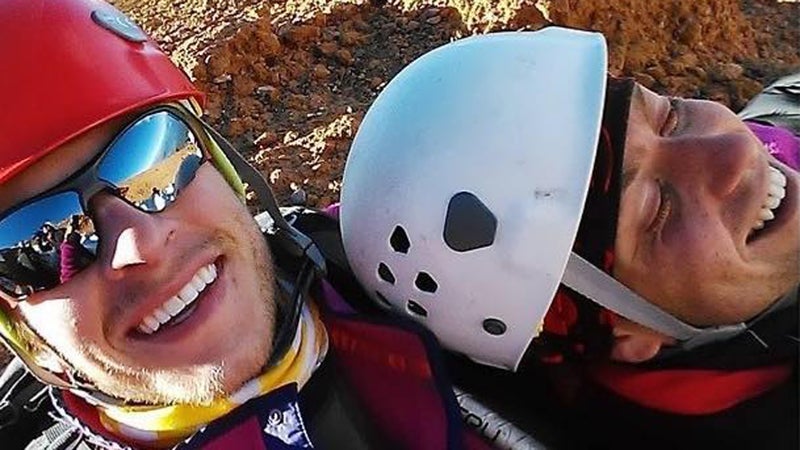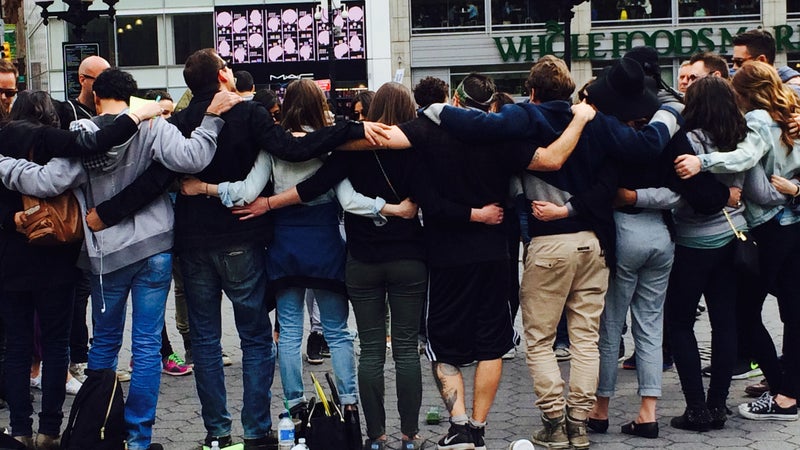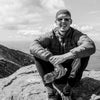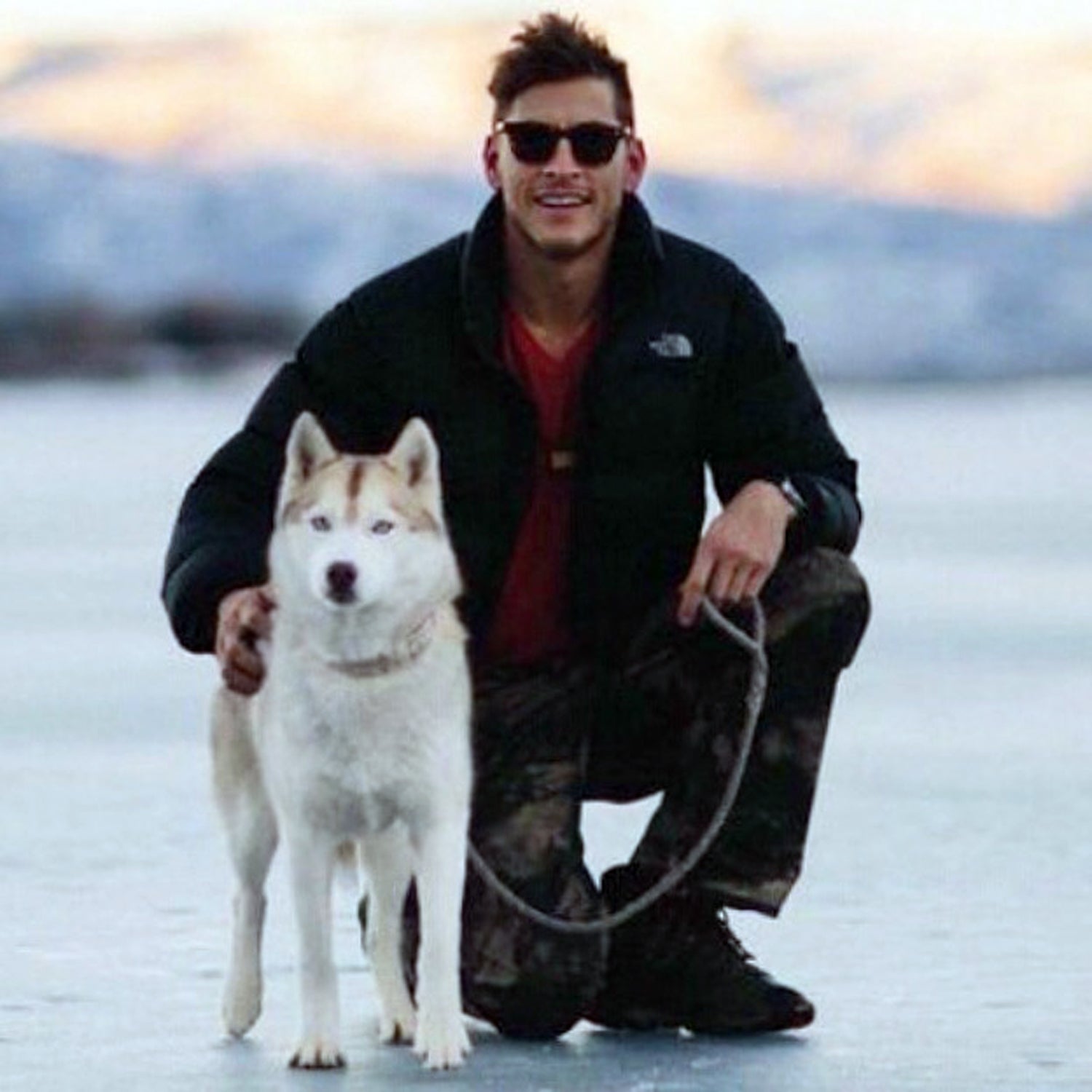The day before he left America for Nepal, on March 6, Dan Fredinburg's friends threw him a “hero shot” party in Williamsburg, New York. He was engaging, as usual, according to those who were there, wanting to connect deeply with as many people as possible. Six-foot-four with bright blue eyes, Fredinburg walked around the bar, chatting with most of the more than a hundred people gathered in his honor.
Fredinburg, 33, was a Google executive based in Mountain View, California—he'd been there since 2007—and . He was also a constant traveler and a seasoned climber known for taking smiling photos of himself in exotic places. His latest hero shot, as he called them, would be from the top of Mount Everest. Fredinburg had been there before, most recently in 2014 for Google. But he’d never summited. Now, he would climb the mountain, with three co-workers.Ěý
“These summits provided a challenge,” says Alex Abelin, a friend who worked as a Google public affairs manager in New York, “to a guy who always got the girl he wanted, the grades he wanted, the jobs he wanted, the money he wanted. These mountains gave him something to work towards.”

Everest was a unique challenge. Last year, Fredinburg was part of the group above the Khumbu Icefall avalanche that killed 16 high-altitude workers. “I think he honestly felt like last year was a freak accident,” says Max Goldstein, a close friend and colleague at Google, “and that with more prep and people, being more conscientious of how dangerous Everest really is….it was just a matter of timing. He was going to get to the top of the world.”
In the avalanche that engulfed Base Camp on April 25, Fredinburg was among the 18 killed. His sister shared the news that Fredinburg had “suffered a major head injury and didn’t make it” in an Instagram post from his account. Shortly thereafter, that it would be launching its Person Finder tool for Nepal and committing $1 million to the response.Ěý
Ěý
Fredinburg was born in rural Arkansas and described by friends as a “farm boy” and “more or less a country kid.” He made his way to southern California, to live with his father, in high school. And then on to the University of California in Irvine for college, where he majored in computer science. Graduate school at the University of Southern California and Stanford followed, as well as a job at Boeing before joining Google.
“I referred 125 people to Google over the years,” says Abelin, 31, “and only two got in. He was one.” Fredinburg worked hard at Google, becoming head of privacy and launching the Google şÚÁĎłÔąĎÍř Team, which took Ěýimages of the world's highest mountains. “He loved Google. He loved big data. He loved computer science, math problems, and engineering problems. I remember he sent me a photo of a contact lens that they were working on for monitoring glucose in the blood. It was pretty extraordinary, like everything else he did.”
But he relished time away from the office and used it to great effect. He cofounded , an organization that pairs adventure and activism to educate people on climate change. He and Goldstein went on far-flung trips over the years, including a Lithuanian hot air balloon adventure and an annual New Year's eve voyage to the Maldives, where they would island-hop and talk to people about the effects of climate change.
“Google executive, ex-boyfriend of Sophia Bush: he was all of these things,” says Goldstein, 29. “But those of us close to him saw how much energy and joy he projected, almost in a freakish way. The guy walked into the room and it was a hurricane. People would be excited. There would be spontaneity and incredible mischief and laughing. He seemed invincible and boundless, floating through life just doing what he wanted to do, and no one could possibly imagine stopping him.”

At that party in Williamsburg, friends say that he talked more about raising money for an orphanage in Nepal than he did about reaching the top of the world's highest peak.
“I got a couple one-on-one moments with him at his send-off,” says Abelin, “and a couple of group moments. He used his time really wisely. He wanted to make sure the people who came to see him felt really loved.”
.


